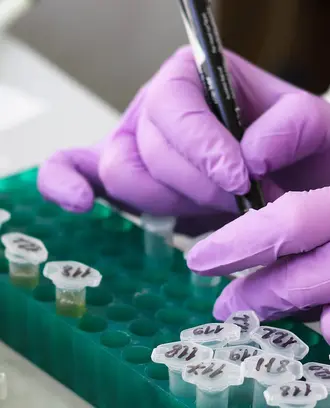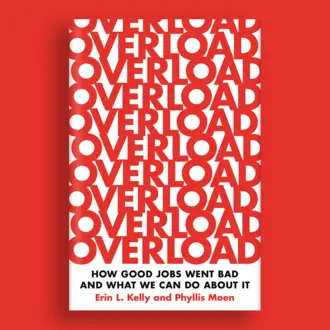Behavioral Science
How credit cards activate the reward center of our brains and drive spending
As credit cards have become a popular form of payment method, researchers have noticed an interesting trend. People tend to spend more when using credit cards than cash. Not only are they more likely to buy something at a higher price, they also are likely to give larger tips and make more impulse buys. At the same time, household debt has increased. This raises an important question: How and why do people spend more when using credit cards?
Drazen Prelec is the Digital Equipment Corp. Leaders for Global Operations Professor of Management and a Professor of Management Science and Economics at the MIT Sloan School of Management. His research deals with the psychology and neuroscience of decision-making, including behavioral economics and neuroeconomics, risky choice, time discounting, self-control, and consumer behavior.
A leading hypothesis is that credit cards reduce the pain of payment so they “release the brakes” on spending. Another hypothesis is that they “step on the gas” by driving motivation to spend, which could create spending habits and potentially, for some vulnerable sections of the population, addiction. Standard behavioral research tools are not able to distinguish which hypothesis is correct.To shed light on this issue, we created a first-of-its-kind study using fMRI technology to look at brain activity at the moment of purchase, when consumers make the “buy” decision either using cash or credit cards.In particular, we looked at the reward region of the brain, which is known to be activated by pleasure, reward, and the anticipation of pleasure. This dopaminergic reward center, called the striatum, is involved in processing reward in general and is the same part of the brain that is exploited by addictive drugs like cocaine and amphetamines.We found that credit cards sensitize reward networks in the brain. They drive greater purchasing by acting to “step on the gas.” This finding runs counter to the prevailing perspective suggesting that credit cards “release the brakes” on spending by reducing the pain of paying for items.
The study highlighted how credit cards motivate spending by exploiting reward networks in the brain, which may become sensitized through reinforcement and conditioning processes. Simply swiping a card provides immediate pleasure in the form of the products bought, and where prices are only realized in a bill received weeks later.
In other words, credit cards can create an anticipation of pleasure in the form of a purchase. It is a bit like the smell of baking cookies triggering your appetite. We also see this mechanism exploited in casinos, which use a variety of cues to increase appetites for gambling. This neural response could lead to spending habits and even shopping addictions.
Understanding this neural response to credit cards allows us to appreciate that digital payments are not all created equal. Although digital payments all remove the physical dimension of handling cash, different digital methods may each shape reinforcement processes in different ways. For example, the credit card you use for restaurants and vacations creates a different spending appetite than the card you use to buy gas for your car.
This creates both opportunities and risks where digital payment methods could be used to either support or exploit consumers as they make purchasing decisions, especially with the rise of contactless payment methods using smart phones. Our study did not include those novel types of payment methods, however providing consumers control over the sounds and physical buzzes received in notifications about purchases could help put the “sting” back into paying for things. That sting is currently largely absent with credit and debit cards.
In addition, because financial institutions have rich information on the specific transactions that consumers make, financial firms may even be able to provide smart notifications that support consumers in their goals. Yet, without this oversight, this could potentially create situations in which companies may have incentive to modify how payment notifications are delivered to consumers, such that companies may want to reinforce purchase behaviors that are not in consumers’ best interests.
Policymakers and economists who are concerned about household debt should be aware that when we change the way people make purchases, we need to watch for significant trends. We already know that credit cards drive spending – and now we know why that happens – so we need to consider the impact of making it even easier and more pleasant to make purchases with our smart phones.
The presence of reward activation could be exploited by novel payment instruments to stimulate spending. As we move to a cashless society, if we are not careful, the simple act of holding a phone could trigger an appetite for spending. Convenience is appealing, but it can come with a cost.
MIT Sloan School of Management Prof. Drazen Prelec and University of Utah Prof. Sachin Banker are coauthors of “Neural mechanisms of credit card spending,” which was published in Scientific Reports, a publication of Nature Research. Banker worked on this paper as a PhD student at MIT Sloan.



